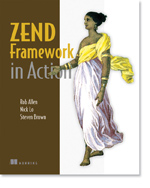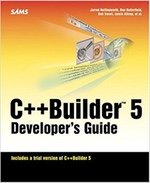Installing 32 bit packages on Ubuntu 14.04
This had me stumped for a bit, so I've written it down. If you have a 64 bit version of Ubuntu and want to install a 32-bit package, you simply add :i386 to the end of the package name like this: $ sudo apt-get install libstdc++6:i386 However, this didn't initially work for me as apt-get couldn't find the package: $ sudo apt-get install libstdc++6:i386 Reading package lists… Done Building dependency tree Reading state information… Done… continue reading.


